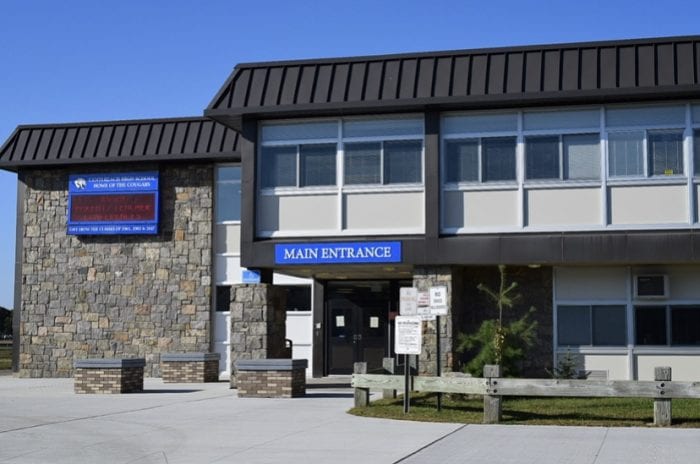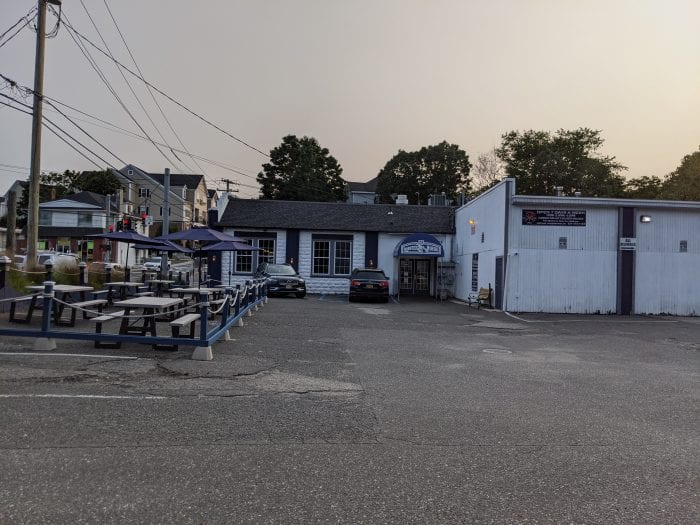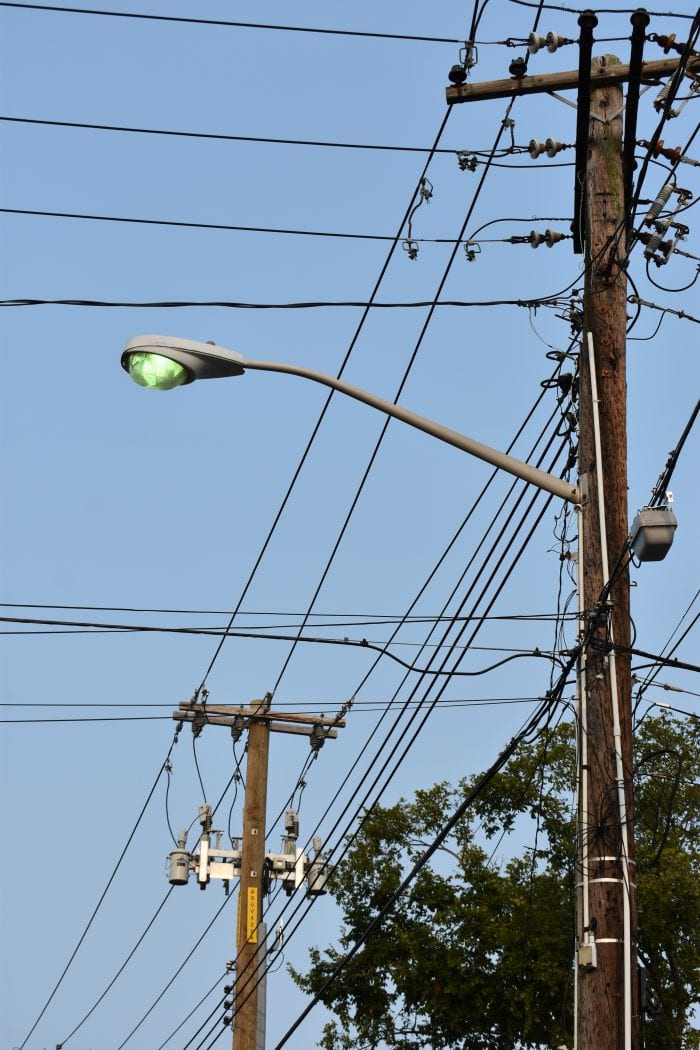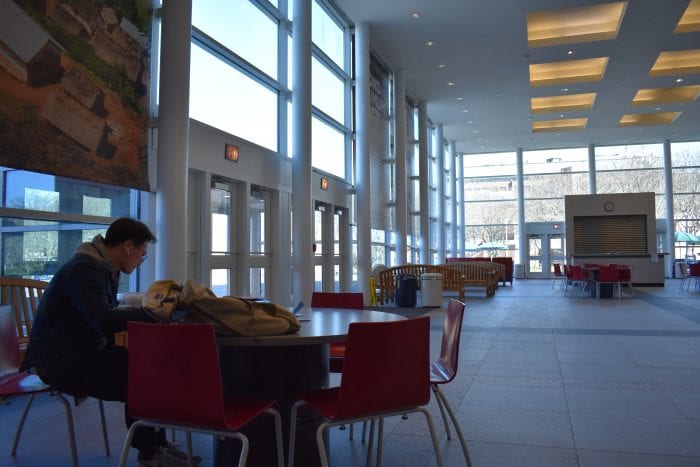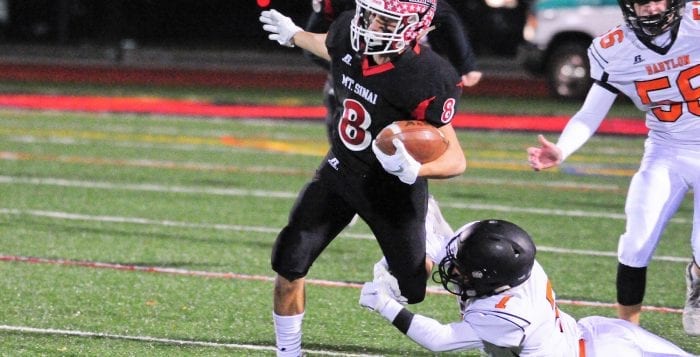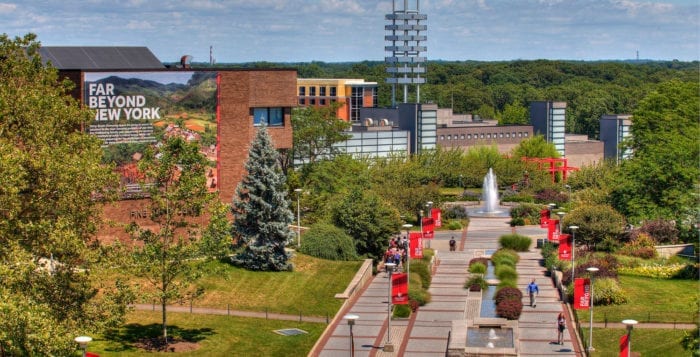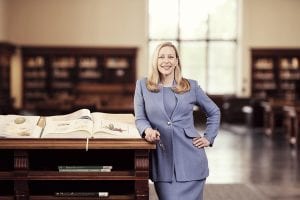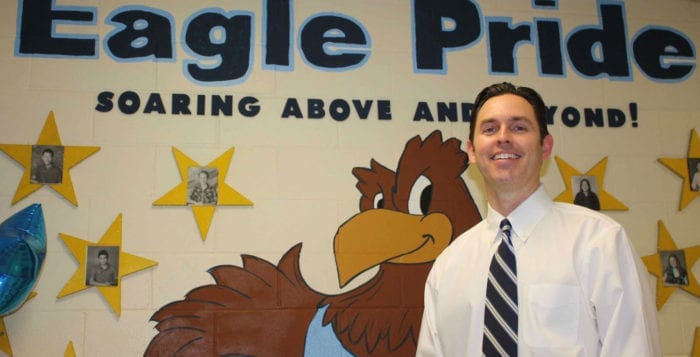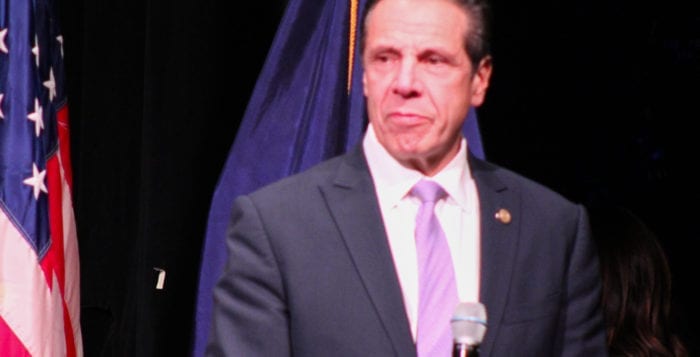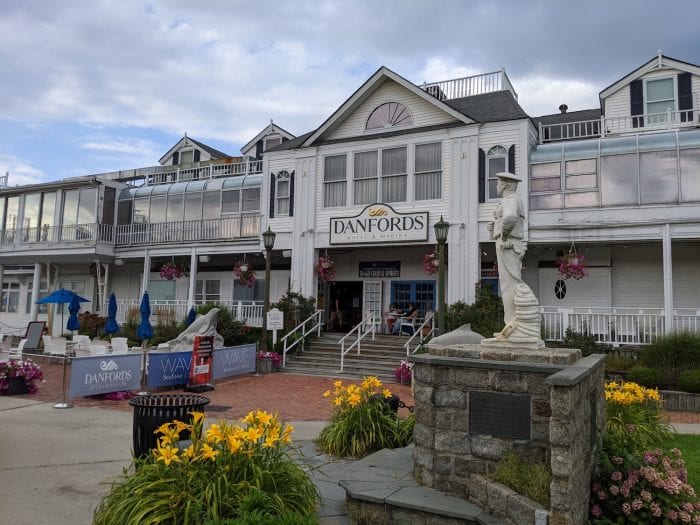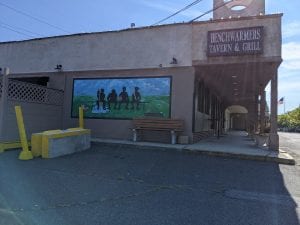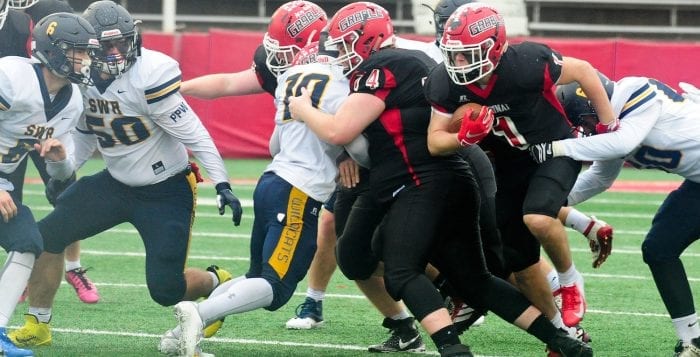Schools are staring down the barrel of funding cuts because of the COVID-19 crisis.
While students have been returning to their new normal of hybrid classes, remote learning and plastic barriers between desks, school districts across New York state are concerned about the news surrounding a potential 20% state funding cut.
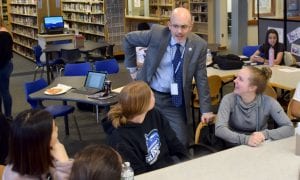
According to New York State Education Department, the State Division of the Budget has begun withholding 20% of most local aid payments, forcing reductions in some payments to school districts across the state. The reductions in aid, combined with increased costs during pandemic times, could affect not only students, but community members too.
“All public schools throughout New York state will have to make deep and painful cuts if federal assistance in the form of school aid is not secured,” said Ken Bossert, superintendent of Elwood school district. “The governor’s proposal of reducing aid by 20% will impact districts that rely heavily on aid in a devastating way. Not only will programs and staffing be redacted, the gap between the ‘haves and the have-nots’ will widen.”
Mark Secaur, superintendent of Smithtown school district, noted that during the height of the pandemic in New York last spring, the state adopted a budget that contained three review periods, in which local aid distributions might be reduced on a rolling basis, based on the revenues the state received.
“On August 18, districts throughout New York state received a state aid payment for the 2019-2020 school year that withheld 20% of the expected payment,” he said. “Also included was a note that all future payments would be reduced by 20% in the absence of federal relief.”
Secaur added that for Smithtown, this equates to a potential loss of upward of $9 million in state aid.
“When developing our 2020-2021 school budget, the district took into consideration the potential loss of state aid and made adjustments,” he said. “However, these losses, coupled with the unfunded expenditures required for the safe return of students, will likely force the district to significantly utilize the fund balance and reserves to balance the budget.”
In addition, the budget doesn’t cover the costs that are protecting children returning to their classrooms.
“Cleaning supplies, dividers for rooms … the cost is close to $4 million,” said Roberta Gerold, superintendent of Middle Country school district.
That sum didn’t include the cost to keeping the schools operational — even when students weren’t in them when the pandemic hit.
“There was still a cost to keep the schools running,” Gerold added. “It was a rough couple of months.”
Gerard Poole, superintendent of Shoreham-Wading River school district, agreed.
“In a time when students need more, we won’t be able to provide that,” he said.
While Poole and his peers are trying to stay optimistic, and are pleased to have students back, he wonders if it will be sustainable. “It’s an uncertain time — it won’t be the easiest thing for districts to put a budget together this year,” he said. “We just have to take it day by day.”
“We’re trying to plan for a budget without knowing what’s going to happen.”
— Roberta Gerold
While each district is different on the Island, they can all agree that continuing to plan during an uncertain time is very difficult.
“We’re trying to plan for a budget without knowing what’s going to happen,” Gerold said. “If we have the info, we can figure that out. … It’s a scary time for sure.”
Miller Place school district declined to comment but did release a letter Sept. 3 penned to elected officials, asking for their support.
“As our elected officials we implore you act quickly to stop any and all federal and state reductions regarding payments to New York state school districts,” the letter said. “As district leaders we remain focused on the mission of returning students to our classrooms, and providing them with the social, emotional and academic supports they need in order to achieve their 2020-21 instructional goals.”
The letter continued, “Please recognize any reductions in federal or state aid payments would dramatically reduce our ability to sustain our district’s fiscal health, as well as maintain the support needed to ensure our students and staff physical health.”

